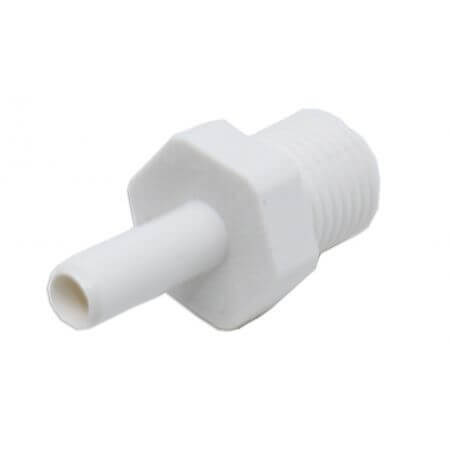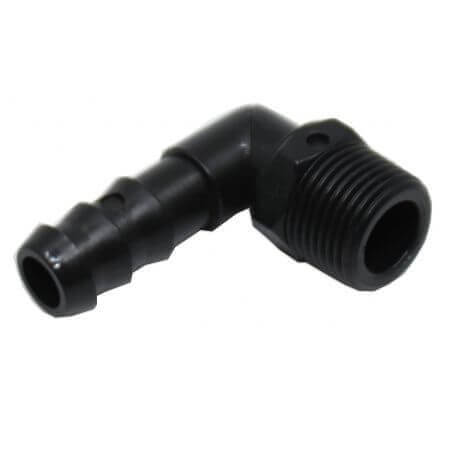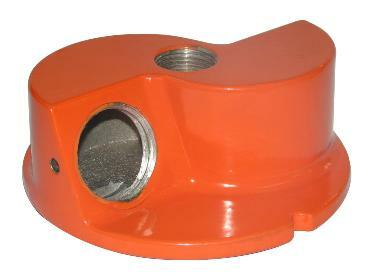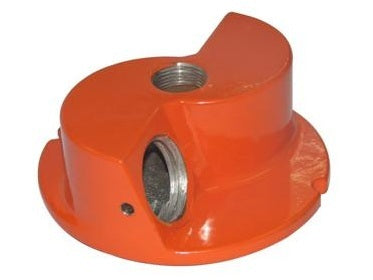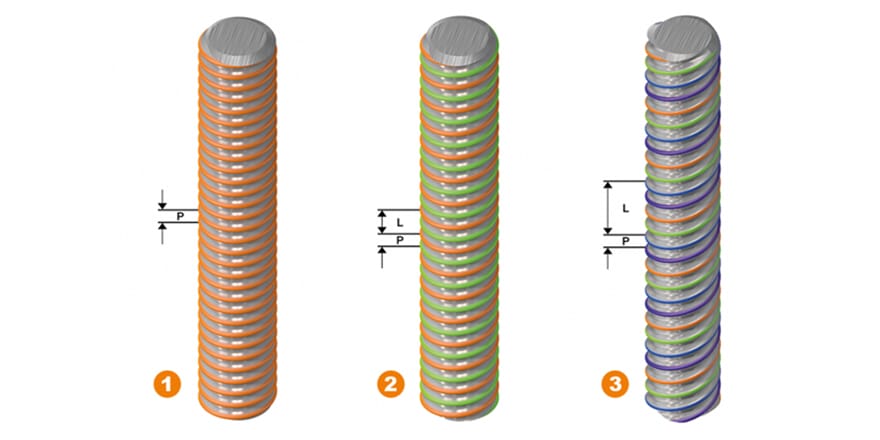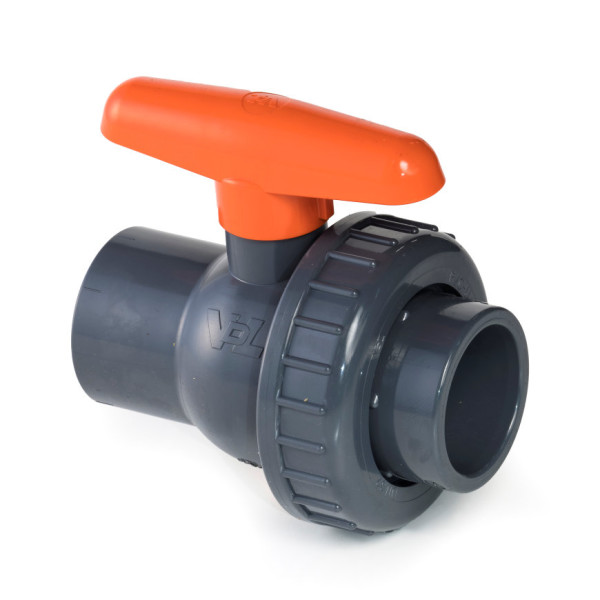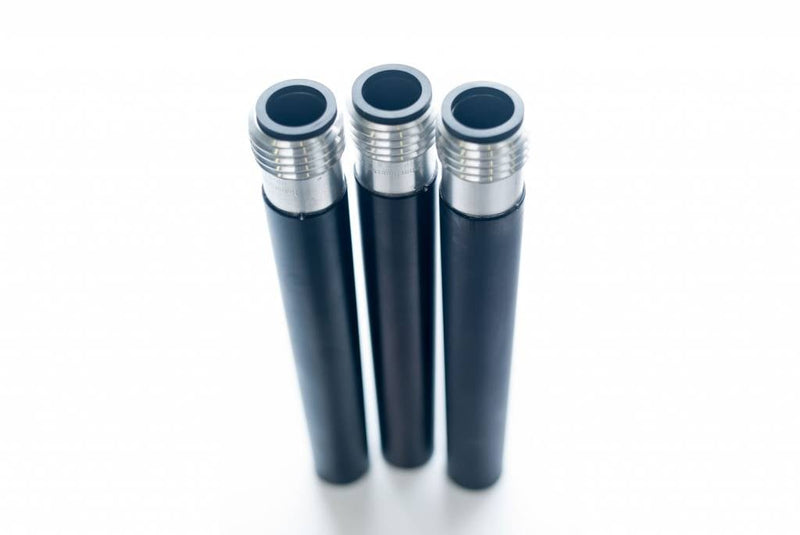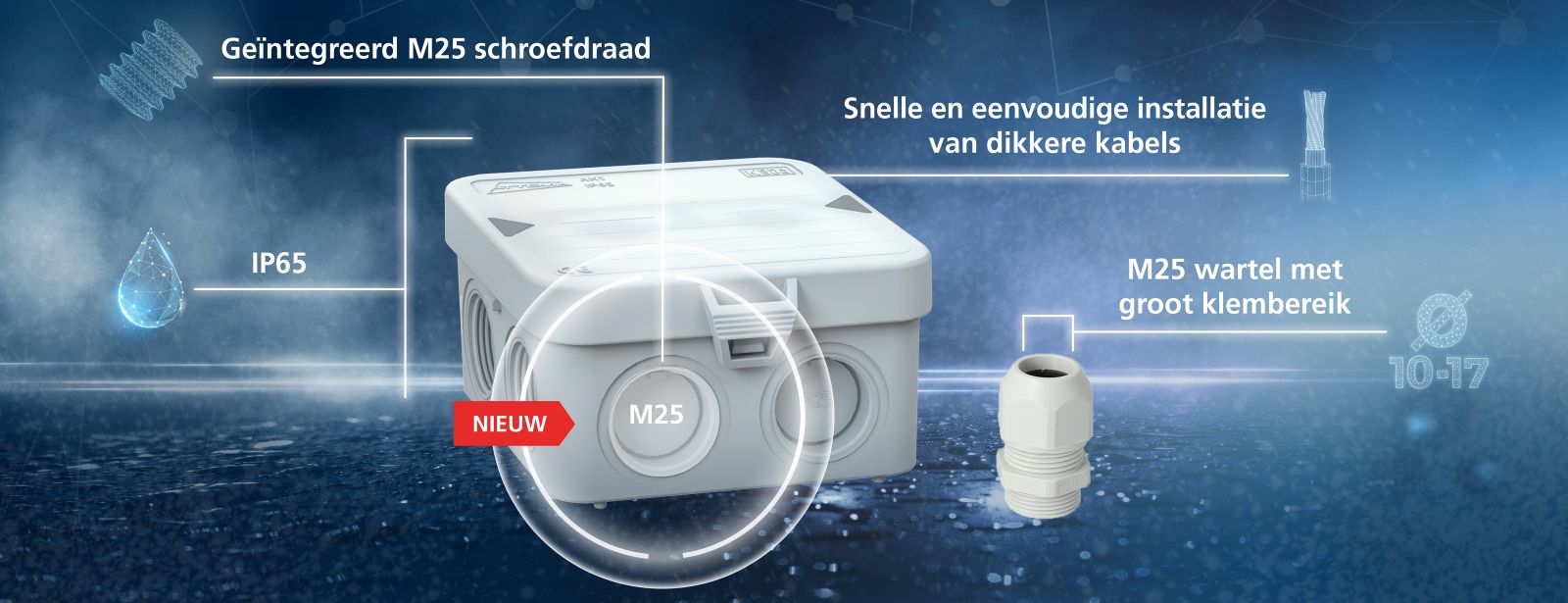
New SMITH & NEPHEW REF 72200903 - Box of 10 Clear-Trac Cannula System 8.5mm x 72mm Threaded Disposables - General For Sale - DOTmed Listing #4450965:

Zwart Plastic Nylon Beschermende Draad Spoel Schroefdraad Ring Gesp Type Plug Wordt Gebruikt Om Kabels, Draden, Waterleidingen, Luchtleidingen, Isolatie En Vlamvertragende Sb-serie 8 Mm-40 Mm Te Beschermen | Bespaar Geld Op Temu

Laiwei Hole Saw for Wood 125 mm and Accessories for Hole Saw with Dust Collector, 2 Pieces, Laiwei Dust Collector for All Hole Saws up to 125 mm Diameter : Amazon.com.be: Tools

25 Stks Plastic Rietje Kleur Tweekleurig Rietje Met Schroefdraad Creatief Gestreept Hard Rietje Herbruikbaar - Huis En Keuken - Temu Belgium
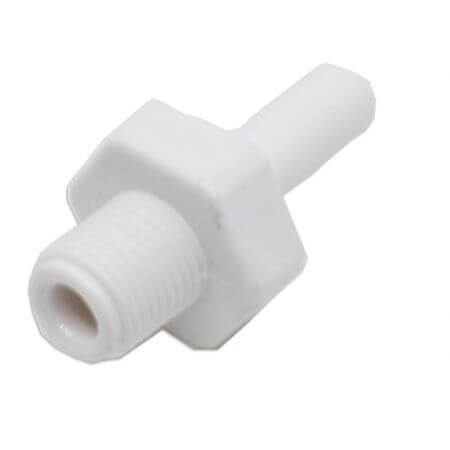
Double grommet for screwing into wall for hose 6mm - 4 x quick-fit | Osmosis hoses, couplings and taps | Osmosis water


